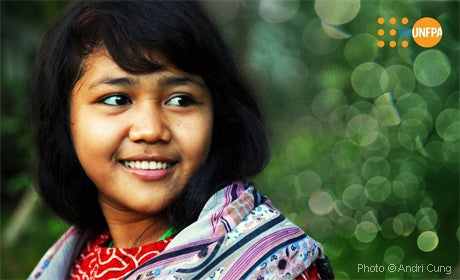Key humanitarian results 2021

Number of women of reproductive age (aged 15-49) reached with SRH services

Number of people reached with SRH/GBV information and awareness activities

Personnel trained on clinical management of rape

Personnel trained on Minimum Initial Package (MISP)

